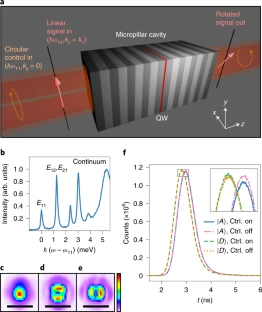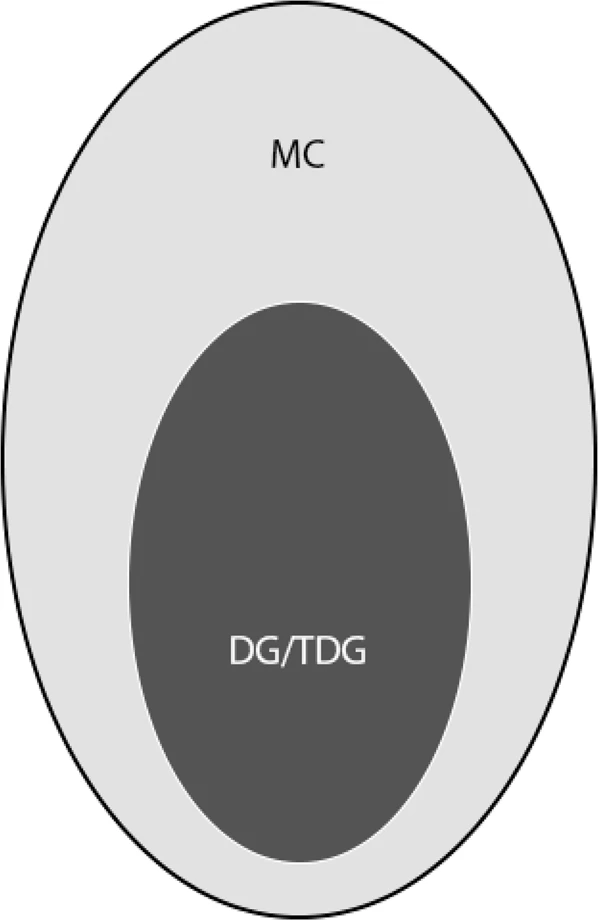Scientists at the University of Exeter and the University of Sheffield have made a pivotal new breakthrough in the quest to control light to evolve the next generation of quantum sensing and computing.
They have shown that controlling light can be achieved by inducing and measuring a nonlinear phase shift down to a single polariton level.
Polaritons are hybrid particles that combine properties of light and matter. They arise in optical structures at strong light-matter coupling, where photons hybridize with underlying particles in the materials—quantum well excitons (bound electron-hole pairs).
The new research has observed that an interaction between polaritons in micropillars leads to a cross-phase-modulation between modes of different polarization.
The change of phase is significant even in the presence of (on average) a single polariton, and can be further increased in structures with stronger confinement of light. This brings an opportunity for quantum polaritonic effects that can be used for quantum sensing and computing.
Theoretical analysis shows the observed single polariton phase shift can be further increased, and by cascading micropillars offers a path towards polaritonic quantum gates. (Phys.org)
The research has been published by Nature Photonics.


